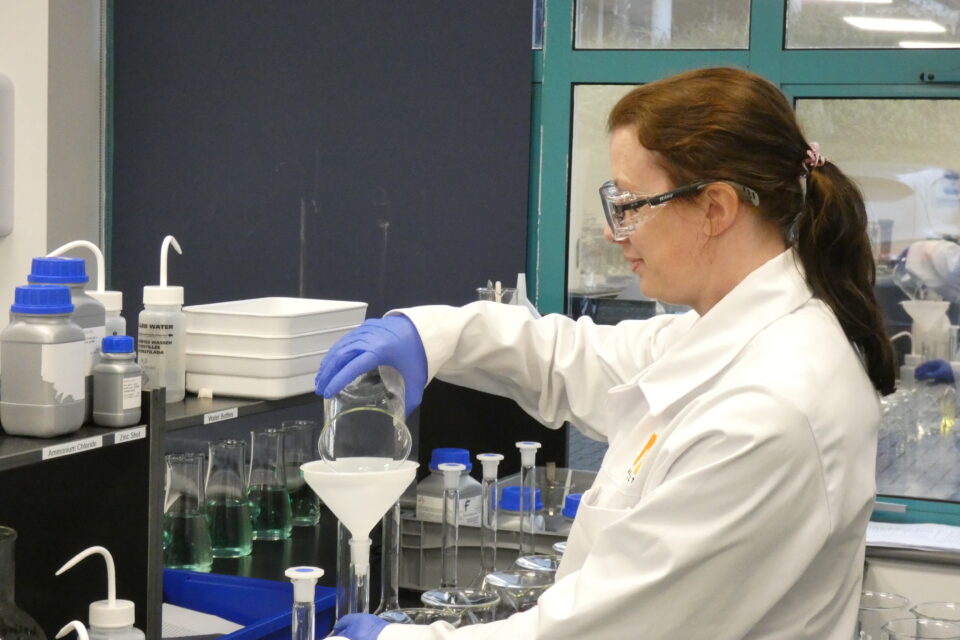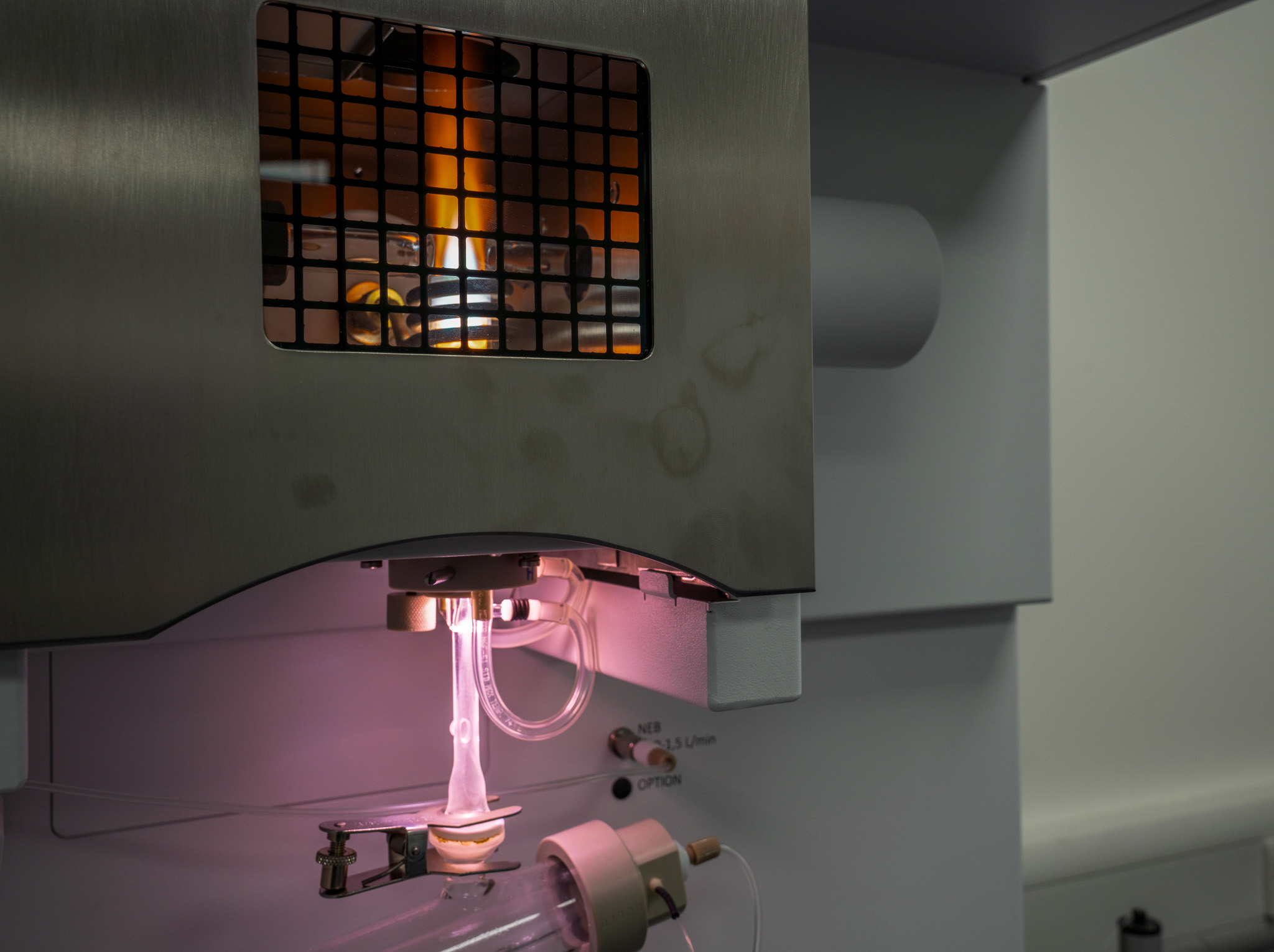Assaying Precious Metals – What is assaying and why is it important?

Simply put, assaying is the process of determining the quality and identity of a metal sample. This is crucial for a number of reasons, including determining compliance with legal requirements, maintaining quality control, and ensuring customer satisfaction. The purity and composition of a metal are determined through a variety of testing methods. Some of the most common include fire assay, X-ray fluorescence (XRF), and inductively coupled plasma (ICP) testing.
Fire assay or cupellation, which requires melting the impure metal into a cupel (a flat, porous dish made of a refractory, or high-temperature-resistant, material), is the oldest and most traditional method of assaying. The resulting residue is then measured for precious metal purity. XRF and ICP, on the other hand, use spectrometry to determine the purity and composition of a sample. One of the most important aspects of assaying is accuracy. This is especially critical when it comes to precious metals, which can be extremely valuable and may contain very small percentages of impurities.

To ensure accuracy, it’s important to work with a reputable assayer who uses proper testing methods, equipment, and procedures. Additionally, it’s important to maintain a chain of custody for the sample being assayed, as well as proper documentation and record-keeping throughout the process. Another key consideration when it comes to assaying is transparency. This means ensuring that all parties involved in the process are aware of what’s happening, why it’s happening, and what the results mean. It also means ensuring that customers have access to information about the assaying process, as well as any certifications or accreditations held by the assayer.

Finally, it’s important to recognise that assaying is just one aspect of the precious metals industries, which involves a complex network of players including miners, processors, refiners, and jewellers. Each of these players has a unique role to play, and it’s important to understand the bigger picture in order to appreciate the value of precious metals.

